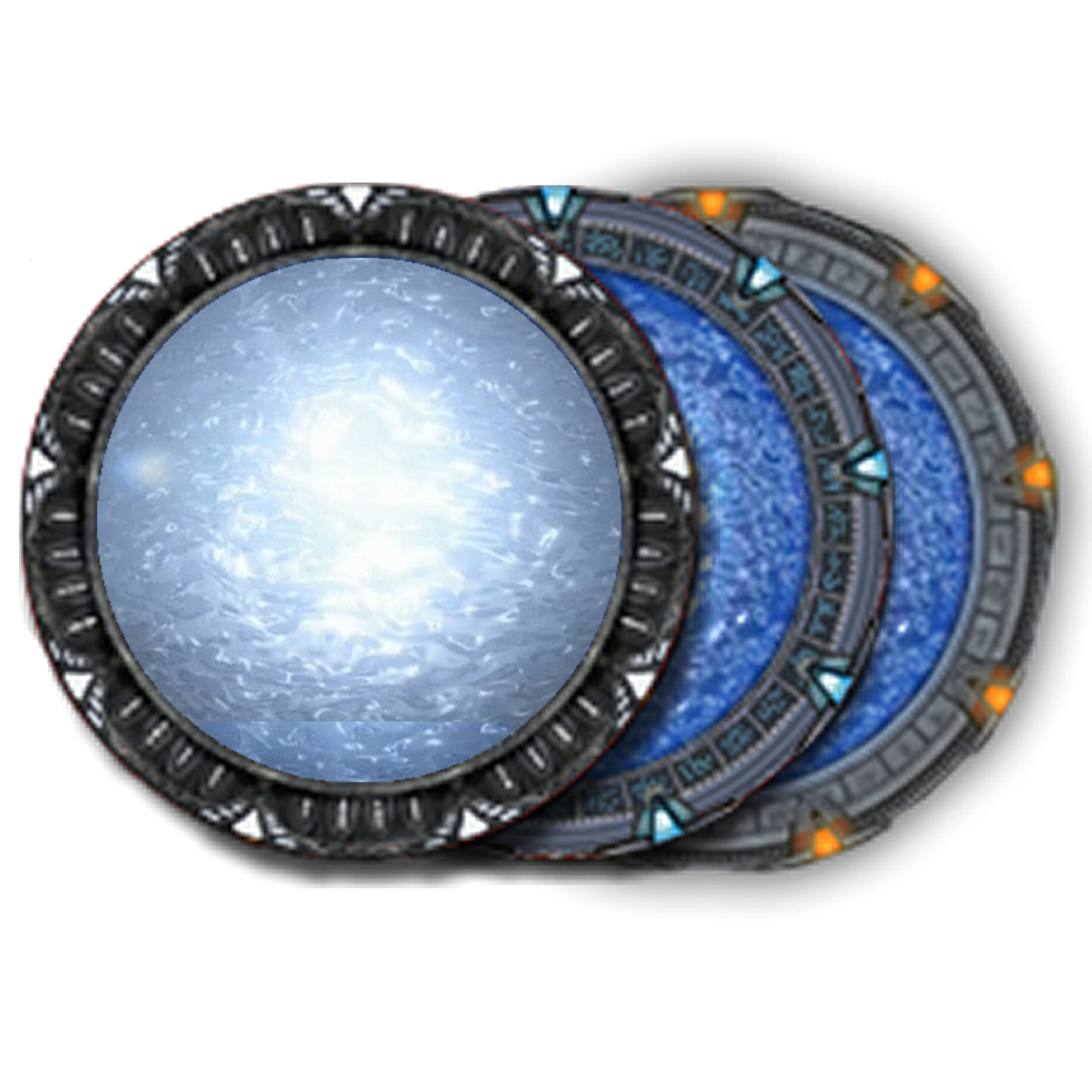Goa'uld shock grenade: Difference between revisions
m Adding FR link |
|||
| Line 159: | Line 159: | ||
== See also == |
== See also == |
||
* [[Goa'uld scanning |
* [[Goa'uld scanning device]], a Goa'uld device with the same shape used to scan the other side of a [[Stargate]] [[wormhole]]. |
||
== External links == |
== External links == |
||
Latest revision as of 18:33, 20 August 2023
| Goa'uld shock grenade | |
|---|---|
 | |
| Type | non-lethal weapon |
| Service history | |
| Used by |
Jaffa, Tok'ra |
| Production history | |
| Designer | Goa'uld |
| Manufacturer | Goa'uld |
| Out of Universe information | |
| First appearance | "The Serpent's Lair" |
- "Now, that was a grenade! Come."
- —Master Bra'tac (SG1: "The Serpent's Lair")
The Goa'uld shock grenade is a hand weapon used to temporary incapacitate human targets.
Overview
This grenade, that has the shape of an orange, is designed to temporary neutralize human target(s), using dazzling light and ear-splitting noise emissions that cause an extreme pain. The effects of this weapon are a near to instantaneous collapsing, and after the victim's gain of consciousness, a temporary blindness that fades after a moment. This weapon is short range, yet it can incapacitate a large number of people located inside a huge room like a hangar bay (SG1: "The Serpent's Lair").
History
While they are fighting against Jaffa inside Klorel's mothership, SG-1 are soon incapacitated by a shock grenade thrown inside the room.
Later, as Colonel Jack O'Neill, Captain Samantha Carter and Teal'c make their way to escape the vessel with Bra'tac, the latter rolls a grenade inside a death gliders hangar bay, disabling the present guards, and allowing them to take death gliders to flee.
Colonel Jack O'Neill uses a shock grenade, given by Jacob Carter, to disable the Jaffa and a brainwashed Teal'c. Teal'c sees the grenade and runs for cover.
Notes
Behind the scene
Gallery
See also
- Goa'uld scanning device, a Goa'uld device with the same shape used to scan the other side of a Stargate wormhole.

